Evisno - Majormajor

More Posts from Evisno and Others






death of a star by a supernova explosion,
and the birth of a black hole






In the garden. Värmland, Sweden (October 23, 2015).

9 Squares 8
Top: David Stanfield, Skip Hursh, Jamie Muntean Middle: David Urbinati, Al Boardman, Jake Williams Bottom: Riccardo Albertini, Bee Grandinetti, Qais Sarhan
About the project






Window phone concept
Is it a window, is it a phone? No. Actually, it’s Window phone and this is the part where you are saying “Whaaat? What are you talking about?”. The phone is actually a concept with extraordinary features. Surely if this could be actually put into production, it would set a new standard for the term “cool”.
NASA logo. April 27, 2015 As the saying goes, timing is everything. More so in 21st-century space exploration where navigating spacecraft precisely to far-flung destinations—say to Mars or even more distant Europa, a moon of Jupiter—is critical. NASA is making great strides...


The Van Allen Belt & the South Atlantic Anomaly
NASA’s first satellite, launched in 1958, discovered two giant swaths of radiation encircling Earth. Five decades later, scientists are still trying to unlock the mysteries of these phenomena known as the Van Allen belt. The belt is named after its discoverer, American astrophysicist James Van Allen.
The near-Earth space environment is a complex interaction between the planet’s magnetic field, cool plasma moving up from Earth’s ionosphere, and hotter plasma coming in from the solar wind. This dynamic region is populated by charged particles (electrons and ions) which occupy regions known as the plasmasphere and the Van Allen radiation belt. As solar wind and cosmic rays carry fast-moving, highly energized particles past Earth, some of these particles become trapped by the planet’s magnetic field. These particles carry a lot of energy, and it is important to mention their energies when describing the belt, because there are actually two distinct belts; one with energetic electrons forming the outer belt, and a combination of protons and electrons creating the inner belt. The resulting belts, can swell or shrink in size in response to incoming particles from Earth’s upper atmosphere and changes in the solar wind. Recent studies suggest that there is boundary at the inner edge of the outer belt at roughly 7,200 miles in altitude that appears to block the ultrafast electrons from breaching the invisible shield that protects Earth.
Earth’s magnetic field doesn’t exactly line up with the planet’s rotation axis, the belts are actually tilted a bit. Because of this asymmetry, one of the shields that trap potentially harmful particles from space dips down to 200 km (124 mi) altitude.

This dip in the earth’s magnetic field allows charged particles and cosmic rays to reach lower into the atmosphere. Satellites and other low orbiting spacecraft passing through this region of space actually enter the Van Allen radiation belt and are bombarded by protons. Exposure to such radiation can wreak havoc on satellite electronics, and pose serious health risks to astronauts. This peculiar region is called the South Atlantic Anomaly.
Credit: NASA/ESA/M. Kornmesser
Solar System: Things to Know This Week
Learn the latest on Cassini’s Grand Finale, Pluto, Hubble Space Telescope and the Red Planet.
1. Cassini’s Grand Finale

After more than 12 years at Saturn, our Cassini mission has entered the final year of its epic voyage to the giant planet and its family of moons. But the journey isn’t over. The upcoming months will be like a whole new mission, with lots of new science and a truly thrilling ride in the unexplored space near the rings. Later this year, the spacecraft will fly repeatedly just outside the rings, capturing the closest views ever. Then, it will actually orbit inside the gap between the rings and the planet’s cloud tops.
Get details on Cassini’s final mission
The von Kármán Lecture Series: 2016
2. Chandra X-Rays Pluto

As the New Horizon’s mission headed to Pluto, our Chandra X-Ray Observatory made the first detection of the planet in X-rays. Chandra’s observations offer new insight into the space environment surrounding the largest and best-known object in the solar system’s outermost regions.
See Pluto’s X-Ray
3. … And Then Pluto Painted the Town Red

When the cameras on our approaching New Horizons spacecraft first spotted the large reddish polar region on Pluto’s largest moon, Charon, mission scientists knew two things: they’d never seen anything like it before, and they couldn’t wait to get the story behind it. After analyzing the images and other data that New Horizons has sent back from its July 2015 flight through the Pluto system, scientists think they’ve solved the mystery. Charon’s polar coloring comes from Pluto itself—as methane gas that escapes from Pluto’s atmosphere and becomes trapped by the moon’s gravity and freezes to the cold, icy surface at Charon’s pole.
Get the details
4. Pretty as a Postcard

The famed red-rock deserts of the American Southwest and recent images of Mars bear a striking similarity. New color images returned by our Curiosity Mars rover reveal the layered geologic past of the Red Planet in stunning detail.
More images
5. Things Fall Apart

Our Hubble Space Telescope recently observed a comet breaking apart. In a series of images taken over a three-day span in January 2016, Hubble captured images of 25 building-size blocks made of a mixture of ice and dust drifting away from the comet. The resulting debris is now scattered along a 3,000-mile-long trail, larger than the width of the continental U.S.
Learn more
Discover the full list of 10 things to know about our solar system this week HERE.
Make sure to follow us on Tumblr for your regular dose of space: http://nasa.tumblr.com

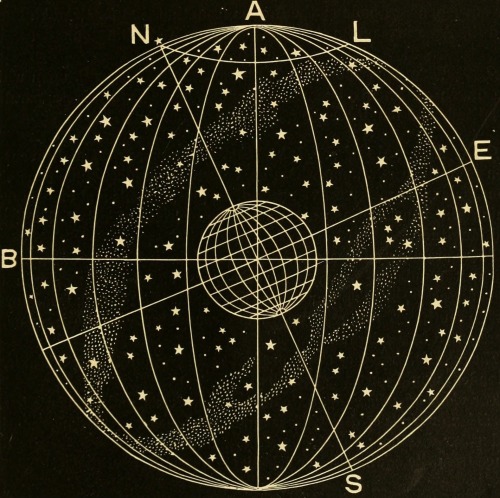
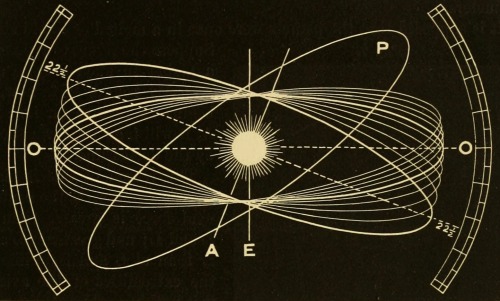
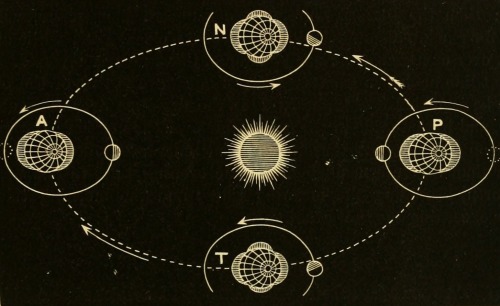
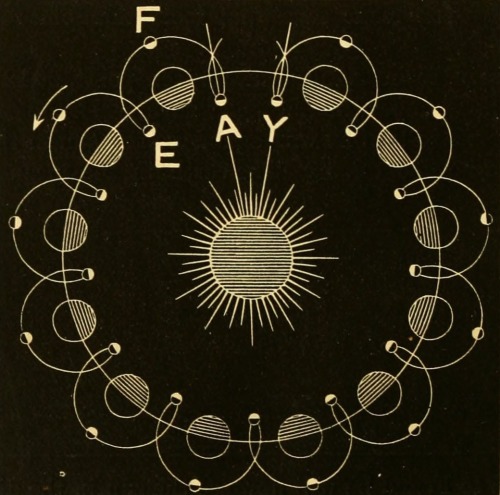
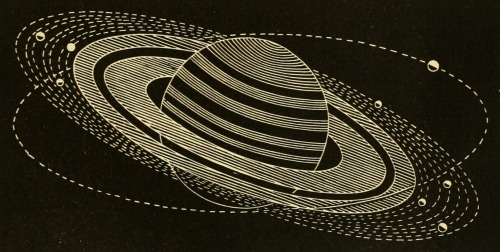
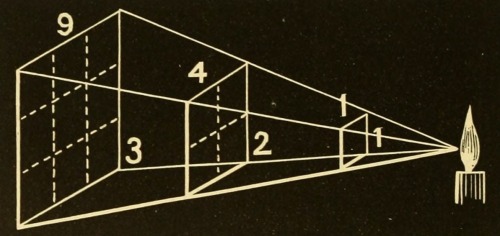
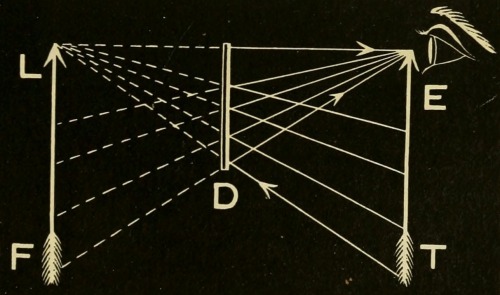

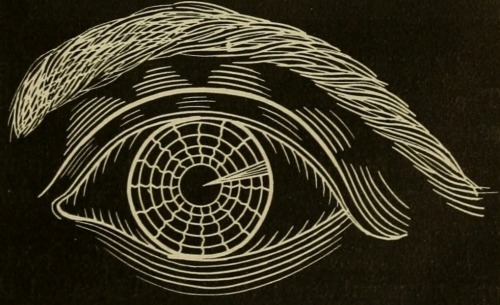
Frank G. Johnson. Solar System, Celestial and Terrestrial Latitude, The Ecliptic, Spring and Neap Tides, The Moon’s Path Around the Sun, Saturn’s Rings, Intensity of Light at Different Distances, The Optics of Plane Mirrors, The Orbit of the Sun, Method of Adjusting the Pupil or Aperture of the Eye. Johnson’s Natural Philosophy, and Key to Philosophical Charts. 1872.

Starfish larvae, like other microorganisms, use tiny hair-like cilia to move the fluid around them. By beating these cilia in opposite directions on different parts of their bodies, the larvae create vortices, as seen in the flow visualization above. The starfish larvae don’t use these vortices for swimming – to swim, you’d want to push all the fluid in the same direction. Instead the vortices help the larvae feed. The more vortices they create, the more it stirs the fluid around them and draws in algae from far away. The larvae actually switch gears regularly, using few vortices when they want to swim and more when they want to eat. Check out the full video below to see the full explanation and more beautiful footage. (Image/video credit: W. Gilpin et al.)
-
 evisno reblogged this · 10 years ago
evisno reblogged this · 10 years ago
